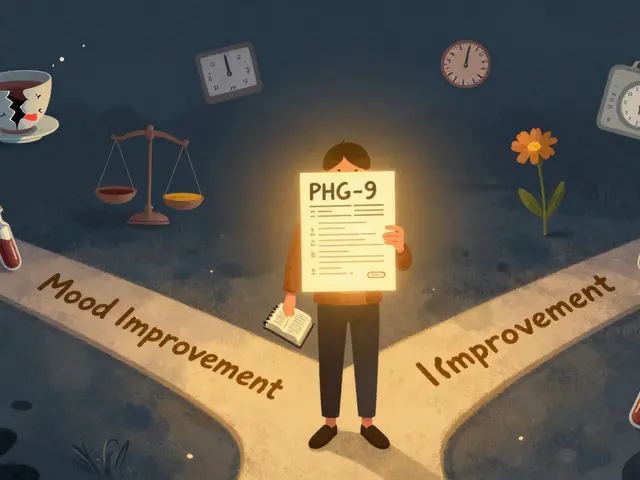Lupus Symptoms: How to Spot Early Signs and When to Seek Help
A single red rash across your cheeks and nose doesn’t always mean lupus — but it’s a red flag. Lupus is a tricky autoimmune disease that can look like many other problems. Knowing the common signs helps you act sooner and get the right tests.
Fatigue is the most common complaint. This isn’t normal tiredness you fix with sleep; it’s deep, persistent exhaustion that interferes with work and daily life. Joint pain and stiffness, especially in the hands and knees, often come and go. Some people describe swelling or a 'grippy' feeling in small joints.
Skin changes matter. The classic butterfly rash across the nose and cheeks gets most attention, but lupus also causes scaly patches, hair thinning, and increased sensitivity to the sun. Even small sun exposure can trigger a flare for many patients.
Fever without a clear infection is another sign. Unexplained low-grade fevers often accompany flares. You might also notice mouth or nose ulcers that don't heal quickly and hair loss that comes in patches rather than overall thinning.
Raynaud's phenomenon—fingers or toes turning white, then blue or red in response to cold or stress—is common in autoimmune conditions, including lupus. Chest pain with breathing, shortness of breath, or persistent cough can point to lung or heart involvement and needs urgent evaluation.
Serious signs to watch for
Kidney involvement is a major concern. Look for swelling in the legs, foamy urine, or changes in urination. Neurological signs like headaches, confusion, seizures, or sudden mood and memory changes are less common but serious. If you notice these, contact your doctor quickly.
What to expect from diagnosis and care
Doctors use symptoms plus blood tests to diagnose lupus. Tests like ANA, anti-dsDNA, and complement levels help, but results can be confusing. A rheumatologist is the right specialist to interpret tests and build a treatment plan. Bring a symptom diary to appointments—note dates, triggers, and what made symptoms worse or better.
Managing lupus aims to control flares and protect organs. Simple self-care works alongside medicine: protect your skin from sun, pace activity to manage fatigue, and get regular dental and blood pressure checks. Common medications include antimalarials, short steroid courses, and immune-modifying drugs—your doctor will tailor choices to your situation.
If symptoms come and go, or if tests are unclear, ask for a second opinion. Lupus can take time to diagnose, but early care reduces organ damage and improves quality of life. Trust your instincts—if something feels off, push for answers.
Practical everyday tips: keep a pill list and share it with every clinician; avoid NSAIDs if you have kidney problems without checking; keep copies of lab results and bring them; use broad-spectrum SPF 50 sunscreen and wear UPF clothing; consider flu and pneumonia vaccines after discussing with your doctor; and join a local or online support group to learn coping tricks. Small habits like these make clinic visits smoother and help you spot changes earlier and ask questions.
Lupus and Pregnancy: Risks, Planning, and Health Tips for Expecting Mums
Pregnancy with lupus can feel overwhelming due to unique challenges and questions about health, symptoms, and baby safety. This guide breaks down how lupus can affect pregnancy, lists tips for reducing risks, and highlights ways mums-to-be can take care of themselves. You'll find honest facts, current data, and concrete advice. The article also tells you what to expect and how to work with medical teams for the best outcomes. Everything is straightforward, practical, and designed to help women feel empowered about their choices.






